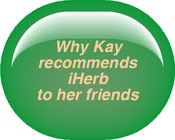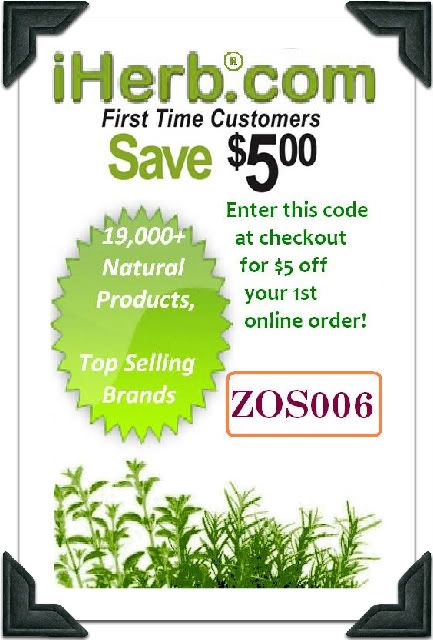 A ‘bad’ organism would refer to those that are parasitic, meaning they rob the host of vital resources in order to reproduce. As the pathogen’s numbers multiply, the host’s resources are further taxed resulting in disease conditions. These organisms can be microscopic or large (like fungi). Some can live on inanimate surfaces for a time. Others thrive in living tissues.
A ‘bad’ organism would refer to those that are parasitic, meaning they rob the host of vital resources in order to reproduce. As the pathogen’s numbers multiply, the host’s resources are further taxed resulting in disease conditions. These organisms can be microscopic or large (like fungi). Some can live on inanimate surfaces for a time. Others thrive in living tissues. An antiseptic will usually work by either killing the organism or preventing its growth or reproduction. Some antiseptics work primarily on bacteria while others target viruses. The benefit of natural antiseptics is that they are often more full spectrum in their action. In other words, natural antiseptics are often both antiviral and antibacterial.
An antiseptic will usually work by either killing the organism or preventing its growth or reproduction. Some antiseptics work primarily on bacteria while others target viruses. The benefit of natural antiseptics is that they are often more full spectrum in their action. In other words, natural antiseptics are often both antiviral and antibacterial. It gets a little complicated when you try to formulate a short list of natural antiseptics. The good news is that natural antiseptics are found all around you in many household foods, spices and pantry items. It would be difficult to find a home that did not have some natural antiseptic substance. The bad news (for me) is that it makes the topic VERY difficult to pare down for a short article.
It gets a little complicated when you try to formulate a short list of natural antiseptics. The good news is that natural antiseptics are found all around you in many household foods, spices and pantry items. It would be difficult to find a home that did not have some natural antiseptic substance. The bad news (for me) is that it makes the topic VERY difficult to pare down for a short article. So, I’ll offer a brief overview. Keep in mind, these lists are by no means exhaustive. Some things I prefer to use more than others. These preferences are the result of research, availability, cost and my mood at the moment.
So, I’ll offer a brief overview. Keep in mind, these lists are by no means exhaustive. Some things I prefer to use more than others. These preferences are the result of research, availability, cost and my mood at the moment. Antiseptic foods you might have on hand include lemons, honey, pineapple, cabbage, carrots, onions and radishes. Spices and seasonings that are considered antiseptic include cinnamon bark, cloves, garlic, carob powder, ginger, horseradish, sage and thyme. For the antiseptic properties to be beneficial, most of these items should be used raw. Several of the seasonings can be utilized in the dry form.
Antiseptic foods you might have on hand include lemons, honey, pineapple, cabbage, carrots, onions and radishes. Spices and seasonings that are considered antiseptic include cinnamon bark, cloves, garlic, carob powder, ginger, horseradish, sage and thyme. For the antiseptic properties to be beneficial, most of these items should be used raw. Several of the seasonings can be utilized in the dry form. Herbals which are considered antiseptic include: myrrh, mullein, aloe, Echinacea, lavender, eucalyptus, St. John’s Wort, sweet clover, goldenseal, juniper, grapefruit seed extract, and tea tree oil.
Herbals which are considered antiseptic include: myrrh, mullein, aloe, Echinacea, lavender, eucalyptus, St. John’s Wort, sweet clover, goldenseal, juniper, grapefruit seed extract, and tea tree oil. The third category of natural antiseptic is one I’ve named ‘other household items.’ Technically, these are substances that result from natural ingredients subjected to simple processes. However, in a pinch, and with some controlled conditions, you could produce your own version of them. They include activated charcoal, baking soda, vinegar, isopropyl rubbing alcohol, hydrogen peroxide, colloidal silver and molkosan.
The third category of natural antiseptic is one I’ve named ‘other household items.’ Technically, these are substances that result from natural ingredients subjected to simple processes. However, in a pinch, and with some controlled conditions, you could produce your own version of them. They include activated charcoal, baking soda, vinegar, isopropyl rubbing alcohol, hydrogen peroxide, colloidal silver and molkosan. Of course, the simplest and easiest way to keep the skin free of pathogenic bacteria is by using clean, filtered water and well-made lye soap. Your skin is host to vibrant communities of bacteria, not all of them bad. There is a constant war being waged between the bad guys and the good guys. By regular hand washing, you help give the good guys an edge to keep your skin safe from disease caused by the bad guys. Pathogenic bacteria often feed on dirt. Soap removes the food source and helps depopulate the area of pathogens.
Of course, the simplest and easiest way to keep the skin free of pathogenic bacteria is by using clean, filtered water and well-made lye soap. Your skin is host to vibrant communities of bacteria, not all of them bad. There is a constant war being waged between the bad guys and the good guys. By regular hand washing, you help give the good guys an edge to keep your skin safe from disease caused by the bad guys. Pathogenic bacteria often feed on dirt. Soap removes the food source and helps depopulate the area of pathogens. Do avoid anti-bacterial soaps. Why? Because just as synthetic antibiotics can destroy beneficial flora in the human digestive tract, the result can be the same when used on the skin. Pharmaceutical antibiotic applications don’t just destroy the bad guys, but they kill the good also.
Do avoid anti-bacterial soaps. Why? Because just as synthetic antibiotics can destroy beneficial flora in the human digestive tract, the result can be the same when used on the skin. Pharmaceutical antibiotic applications don’t just destroy the bad guys, but they kill the good also. This is an important consideration whether you are cleaning a wound or cleaning a counter top. Killing ALL bacteria means that you wipe the surface clear of even the beneficial organisms that help keep the bad in check. This leaves the area vulnerable to a renewed attack of pathogens as it has been stripped of its first line of defense: beneficial bacteria. Using natural antiseptics means that you help maintain a healthy balance just as you would by removing weeds from your garden while letting the cultivated plants remain. If you were to completely clear the ground without putting something in place of the weeds, the seeds from the weeds would soon sprout and take over the now vacant ground.
This is an important consideration whether you are cleaning a wound or cleaning a counter top. Killing ALL bacteria means that you wipe the surface clear of even the beneficial organisms that help keep the bad in check. This leaves the area vulnerable to a renewed attack of pathogens as it has been stripped of its first line of defense: beneficial bacteria. Using natural antiseptics means that you help maintain a healthy balance just as you would by removing weeds from your garden while letting the cultivated plants remain. If you were to completely clear the ground without putting something in place of the weeds, the seeds from the weeds would soon sprout and take over the now vacant ground.plain soap & water effectively fights pathogens:









0 comments :
Post a Comment